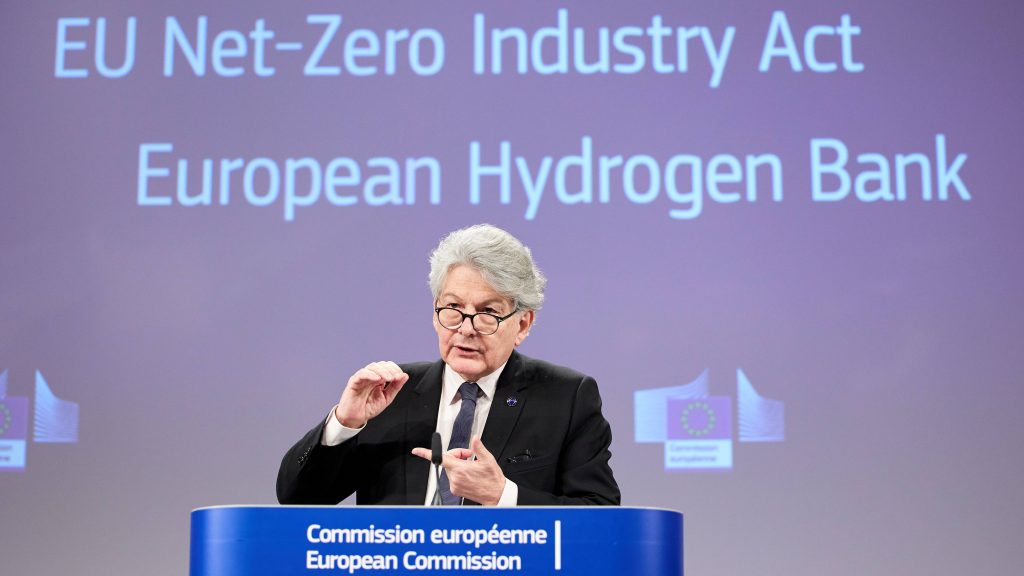
By Anders Lorenzen
Capturing and storing carbon has by some experts been cited as a necessity if we are to stick to global climate targets.
In a recent proposal, the European Commission (EC) listed carbon capture and storage (CCS) as a key green transition technology and proposed an EU wide-target to capture CO2, including a legally-binding target of reaching an annual injection of at least 50 million tonnes of CO2 by 2030. The policy would have an added obligation for fossil fuel companies to contribute to that target.
Denmark recently made headlines when it became the first country in the world to develop a cross-border CO2 storage site with CO2 imported from Belgium injected into a depleted North Sea oil field in Denmark. It is projects like this that the EC wants to see replicated across the EU to ensure the technology is deployed at scale. The EC has the view that CCS needs to move forward due to energy-intensive industries such as steel, cement and chemicals which cannot easily be decarbonised as they are tricky to electrify.
Scaling up
EU estimates predict CCS will grow to 80 million tonnes of CO2 by 2030 and reach at least 300 million tonnes by 2040. By mid-century, the EU would need to capture up to 550 million tonnes annually to meet the objective of reaching net zero.
The issue in the EU is that there is a lack of CO2 geological storage sites so it needs to develop some.
Under the EC proposal, EU countries would be required to submit a plan detailing where there is potential CO2 injection capacity.
The world emitted 36.8 billion tonnes of CO2 in 2022.
Categories: climate change, emissions, Europe, European politics, policy
5 replies »